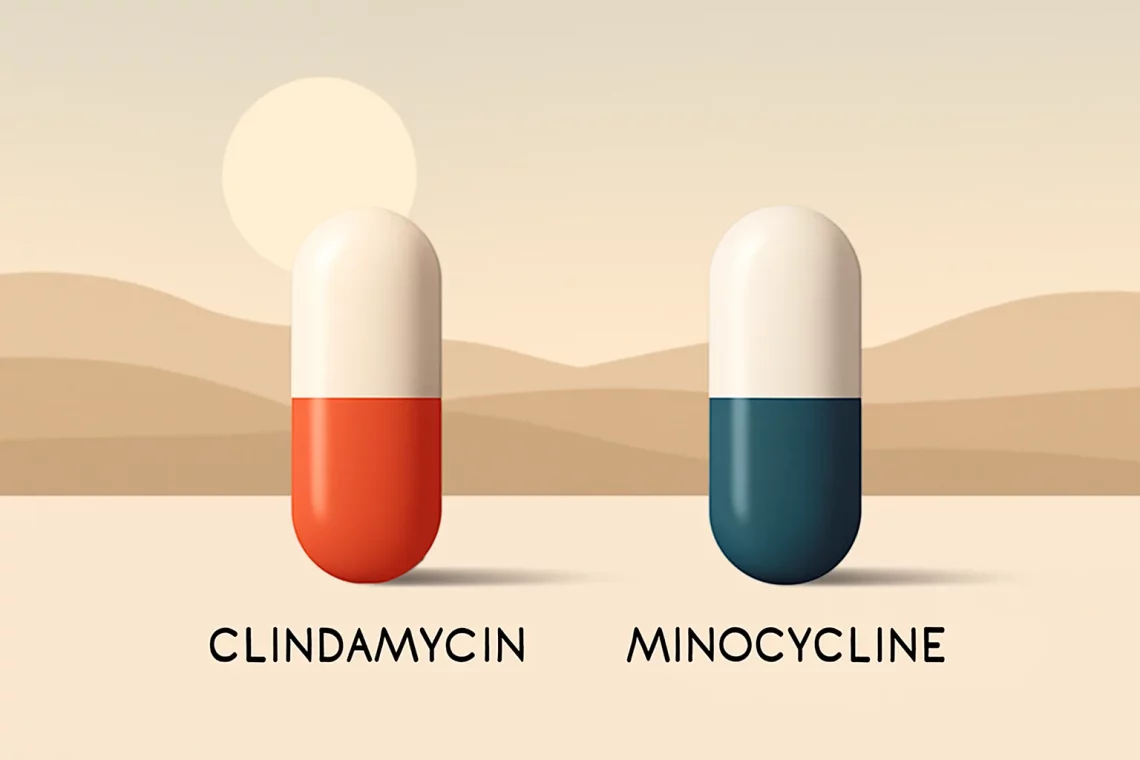-
Meloxicam vs Mobic: Understanding Their Differences and Uses
Meloxicam and Mobic are terms often encountered in discussions surrounding pain management and the treatment of inflammatory conditions. These medications belong to a class known as nonsteroidal anti-inflammatory drugs (NSAIDs), which are widely used to alleviate pain, reduce inflammation, and lower fever. Their popularity stems from their effectiveness and relatively favorable safety profiles when used appropriately. However, with the increasing availability of various NSAIDs, it can be challenging to discern the differences and similarities between these medications, particularly for patients seeking relief from chronic pain or inflammatory conditions. Understanding the mechanisms of action, potential side effects, and pharmacological properties of Meloxicam and Mobic can empower patients to make informed decisions…
-
Lisinopril vs Valsartan: Which Medication is Right for You?
The management of hypertension and heart-related conditions is critical in promoting overall wellness. Among the various pharmacological agents available, Lisinopril and Valsartan are two commonly prescribed medications that have garnered significant attention. Both drugs are utilized for treating high blood pressure and heart failure, yet they belong to different classes and operate through distinct mechanisms. Understanding the nuances of these medications can empower patients and healthcare providers to make informed decisions regarding treatment options. Lisinopril is an angiotensin-converting enzyme (ACE) inhibitor, while Valsartan is classified as an angiotensin II receptor blocker (ARB). The differences in their mechanisms of action can influence their efficacy, side effects, and overall patient experience. Furthermore,…
-
Clonazepam vs Librium: Key Differences and Uses Explained
Clonazepam and Librium are two medications that are commonly used to treat anxiety and other related disorders. Both belong to the class of drugs known as benzodiazepines, which work by affecting the central nervous system to produce a calming effect. Due to their similar classifications, many individuals often find themselves comparing these two medications when seeking relief from anxiety, panic disorders, or other conditions that require sedative effects. Understanding the nuances between Clonazepam and Librium can aid in making informed decisions about treatment options. Factors such as potency, duration of action, side effects, and the specific conditions each medication is prescribed for play a critical role in differentiating these drugs.…
-
Lisinopril vs Perindopril: Key Differences and Uses Explained
Lisinopril and Perindopril are two widely used medications that belong to the class of drugs known as ACE inhibitors (Angiotensin-Converting Enzyme inhibitors). These medications play a crucial role in the management of various cardiovascular conditions, particularly hypertension (high blood pressure) and heart failure. The increasing prevalence of these conditions has made it essential for healthcare providers and patients alike to understand the differences and similarities between these two therapeutic agents. Both Lisinopril and Perindopril work by inhibiting the action of the ACE enzyme, which is responsible for converting angiotensin I to angiotensin II – a potent vasoconstrictor that can elevate blood pressure. By blocking this enzyme, both medications help to…
-
Xarelto vs Pradaxa: Which Anticoagulant is Right for You?
Xarelto and Pradaxa are both well-known anticoagulants that serve a vital role in the management of various cardiovascular conditions. These medications help to prevent blood clots, which can lead to serious health issues such as strokes and heart attacks. The importance of anticoagulants in modern medicine cannot be overstated, as they are crucial for patients with conditions like atrial fibrillation, deep vein thrombosis (DVT), and pulmonary embolism. While both Xarelto and Pradaxa belong to the category of direct oral anticoagulants (DOACs), they have different mechanisms of action, dosing regimens, and side effect profiles. Patients often find themselves in a dilemma when it comes to choosing between these two medications. The…
-
Xarelto vs Pradaxa: Which Anticoagulant Is Right for You?
Xarelto and Pradaxa are two popular anticoagulant medications that have transformed the management of various cardiovascular conditions. These drugs are primarily used to prevent and treat blood clots, thereby reducing the risk of serious complications such as stroke and heart attack. With the increasing prevalence of conditions like atrial fibrillation and venous thromboembolism, understanding the differences and similarities between Xarelto and Pradaxa has become essential for both patients and healthcare providers. Patients often find themselves at a crossroads when choosing between these two medications. Both have distinct mechanisms of action, dosing regimens, and side effect profiles that can influence treatment decisions. Additionally, factors such as lifestyle, medical history, and potential…
-
Biktarvy vs Symtuza: A Comprehensive Comparison for HIV Treatment
The landscape of HIV treatment has evolved significantly over the years, providing patients with innovative options that improve their quality of life and manage the virus more effectively. Among these advancements are two notable medications: Biktarvy and Symtuza. Both of these antiretroviral therapies have garnered attention for their efficacy and once-daily dosing regimens, which can enhance adherence and convenience for patients. As individuals and healthcare providers navigate the complexities of HIV treatment, understanding the differences and similarities between these medications becomes paramount. While both Biktarvy and Symtuza are designed to combat HIV, they possess distinct pharmacological profiles, side effects, and mechanisms of action that can influence a patient’s treatment journey.…
-
Clonazepam vs Valium: Comparing Uses, Effects, and Risks
Clonazepam and Valium are both medications commonly prescribed to manage anxiety and seizure disorders, among other conditions. They belong to a class of drugs known as benzodiazepines, which work by enhancing the effect of a natural chemical in the body called gamma-aminobutyric acid (GABA). This enhancement results in a calming effect on the brain and nerves, making benzodiazepines effective for various medical conditions. Despite their similar functions, Clonazepam and Valium differ in several key aspects, including their chemical composition, dosage forms, duration of action, and potential side effects. These differences can have significant implications for patients and healthcare providers when determining the most appropriate treatment options. It’s crucial for individuals…
-
Metoprolol vs Lopressor: Understanding Their Differences and Uses
Metoprolol and Lopressor are two terms that often come up in discussions about heart health and hypertension management. As beta-blockers, both medications play a crucial role in treating various cardiovascular conditions, but they do so in slightly different ways. Understanding these drugs and their implications for health can make a significant difference in patient outcomes. Metoprolol, the generic name, is widely used in clinical settings to manage high blood pressure, heart rhythm disorders, and other heart-related issues. Lopressor, the brand name under which metoprolol is marketed, is often prescribed in hospitals and outpatient settings. While both names refer to the same active ingredient, their formulations, dosages, and specific uses can…
-
Clindamycin vs Minocycline: Choosing the Right Antibiotic for You
Clindamycin and minocycline are two antibiotics commonly used in the treatment of various bacterial infections. Both medications belong to different classes of antibiotics, each with its unique mechanism of action, spectrum of activity, and side effects. The use of antibiotics has become increasingly important in managing infections, particularly in an era where antibiotic resistance is a growing concern. Understanding the differences between clindamycin and minocycline can help healthcare providers make informed decisions about which antibiotic to prescribe for specific infections. While both are effective against certain bacteria, they may be preferred in different clinical scenarios. Additionally, factors such as patient history, potential side effects, and the specific type of infection…






































